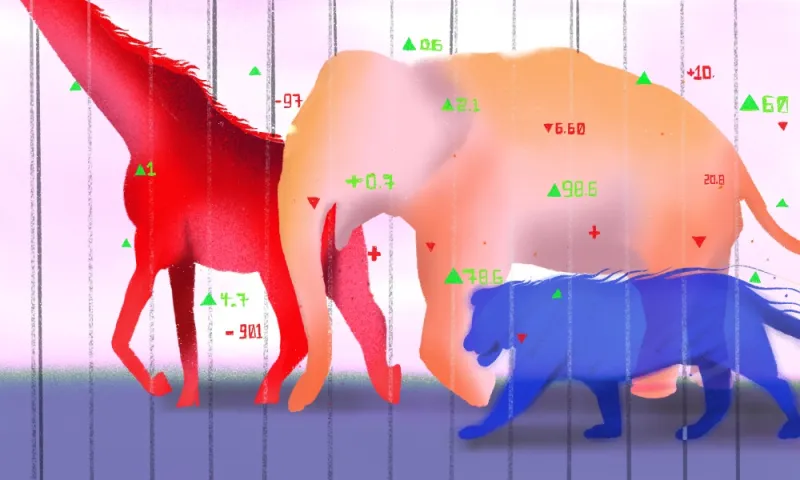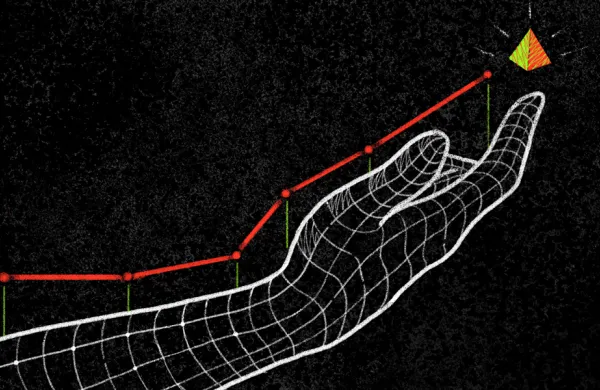Investors are starting to tire of the traditional market-cap weighted index fund.
According to Fidelity’s annual global institutional investor survey to be released today, over the next six years institutional investors expect to shift their portfolios toward more active strategies and smart beta products — all at the expense of traditional passive. The survey includes responses from 905 institutional investors in 25 countries.
“There are new capabilities in the market that larger institutions are getting more educated on. They’re spending more time on factor investing, smart beta, and non-cap weighted offerings,” said Judy Marlinski, president of Fidelity Institutional Asset Management, in an interview.
Specifically, 41 percent of respondents from large institutions — between $1 billion and $10 billion in assets — said they anticipated increasing their allocations to actively managed strategies by 2025. Twenty-five percent of large investors also said they would increase their exposure to non-traditional passive, or factor-based funds. Only 5 percent indicated they would increase the size of their traditional passive position.
[II Deep Dive: What Asset Managers Don’t Want You to Know About Their Factor Funds]
Lower future returns expectations for the overall markets, or beta, are driving these views. Real returns may be 3.7 percent under median market conditions, compared to 5.7 percent between 1950 and 2017, experts said. Investors are also increasingly confident about the ability of systematic approaches to capture factors, such as value and momentum. Survey respondents said they expect to increase the proportion of active managers in their portfolios in niche areas like emerging markets, where they feel index funds are less effective, and to help institutions navigate market risks, according to the report.
In addition, technology and the shrinking universe of public companies are driving the anticipated move to smart beta funds.
“Institutions also believe that new technology-driven approaches may make what remains of the public markets more efficient, potentially making traditional alpha—defined as excess return due to manager skill—harder to find within this shrinking universe,” according to a report based on the survey.
“There are a lot of possible opportunities for asset managers to be employing technology in order to influence the way they can consume data,” said Marlinski. Technology “will be a really important factor that will influence alpha generating investments.”
Marlinski explained that managers may be able to use data to do a better job with stock picking. But in aggregate, investors doing more sophisticated algorithmic trading and developing better quantitative capabilities may also drive greater market volatility that participants will then have to navigate, as well.
Many investors believe that what has historically been thought of as alpha will change. “Many institutional investors worldwide said they expect more components of what has traditionally been defined as alpha to be decomposed into factors that can be captured systematically and at a decreased cost,” according to the report.
But non-traditional passive is far different from factor-based passive. According to the report, “unlike index funds, not all factor-based or quantitative strategies are methodologically similar, and the underlying definitions and rules driving them may vary substantially from one to another.”
The future is already here. Fidelity reports that smart beta equity funds globally have $201 billion in assets.
Some asset managers may cheer the slowing down of the trend toward market-cap weighted index funds for more than a decade. “With passive, the magnitude of the change surprised us,” said Marlinski. “We still have phenomenal index sales. That trend hasn’t stopped, but sophisticated investors are realizing that diversification [of strategies] is critical.”






